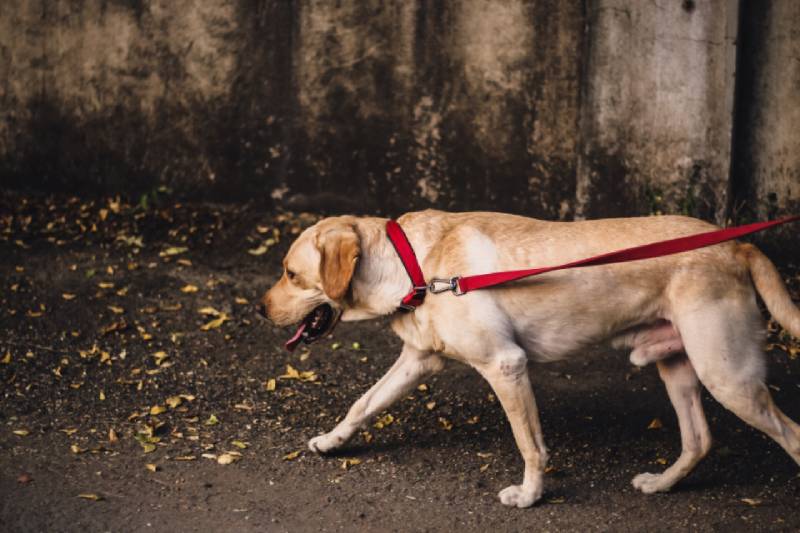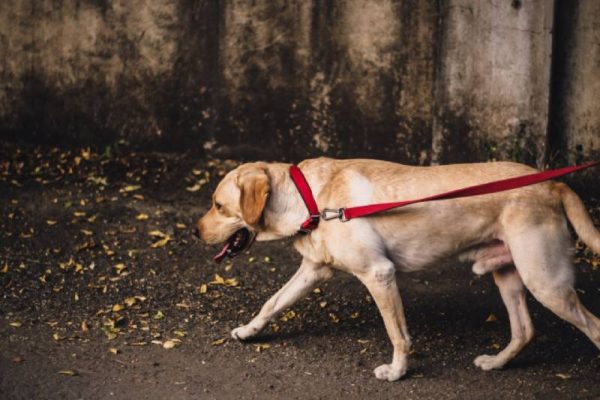Click to Skip Ahead
Leash training is an essential skill to teach your dog. It is especially important when your dog grows older and stronger because if you cannot keep your dog under control, accidents may occur.
If you have an older, untrained dog from a shelter, you may have already experienced difficulties when taking them for a walk. You will need to train them to keep you, your dog, and others safe during walks.
But how do you even start training an older dog? Is the saying “you can’t teach an old dog new tricks” really true? Thankfully, it is not. To learn how to train an older dog to walk on a leash, take a look at our step-by-step guide.
Before You Start
It can be tempting to start training immediately, but take a moment to think things through before you begin. When training any dog, you will want to ensure you have the correct supplies, leash, and collar. When training older dogs, however, you will also want to consider your dog’s health.
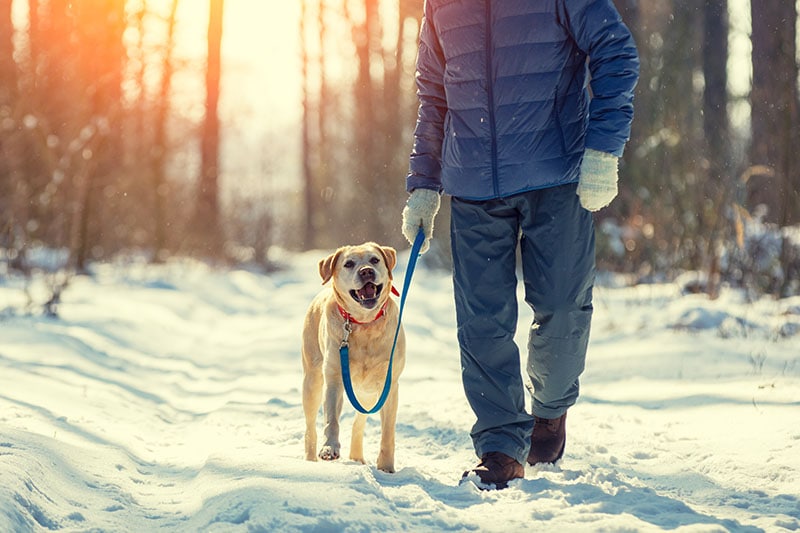
Gather Your Supplies
Successful training depends heavily on having the proper supplies. In this instance, you will want to have treats, a canine water bottle, a leash, and a collar. You will want the leash and collar to be tougher than a puppy’s leash and collar because you are training an adult rather than a young dog. You will also want to consider a harness to give you better control over your dog.
Find the Right Training Leash and Collar
In addition to your regular leash, you need a training leash that is used in conjunction with the normal one. The training leash is attached to the collar, whereas the regular leash is attached directly to the harness.
The two leashes allow you to walk your dog at a regular distance with the normal leash while taking control quickly and efficiently with the shorter training leash. When shopping for collars and harnesses, look for products that fit snugly but aren’t too tight.
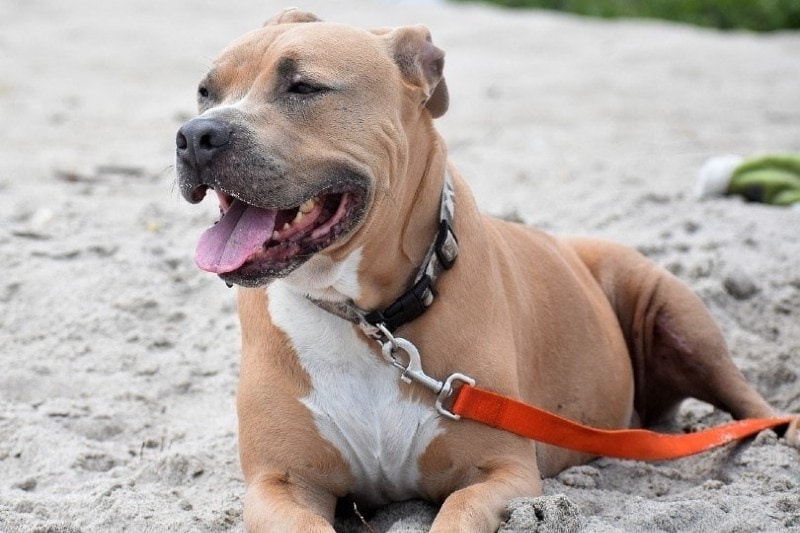
Consider the State of Your Dog’s Health
If walking causes pain, training your dog to walk on a leash will be challenging. Plus, no one wants to put their dogs through unnecessary pain.
If your dog hasn’t recently been to the vet, make an appointment before beginning leash training. You will want to ensure that the state of your dog’s body is good enough to handle a longer walk. Leash training can wait until your dog is feeling like their best self.
Main Ways to Train Older Dogs to Walk on a Leash
There is more than one way to train your dog to walk on a leash. In this article, we present two common methods used to leash-train dogs. There is the traditional leash training method, which requires more steps. The other method is the “heel” method, which requires your dog to know how to respond to the command “heel.” After reading through the two methods, you can decide which is best for you and your dog.
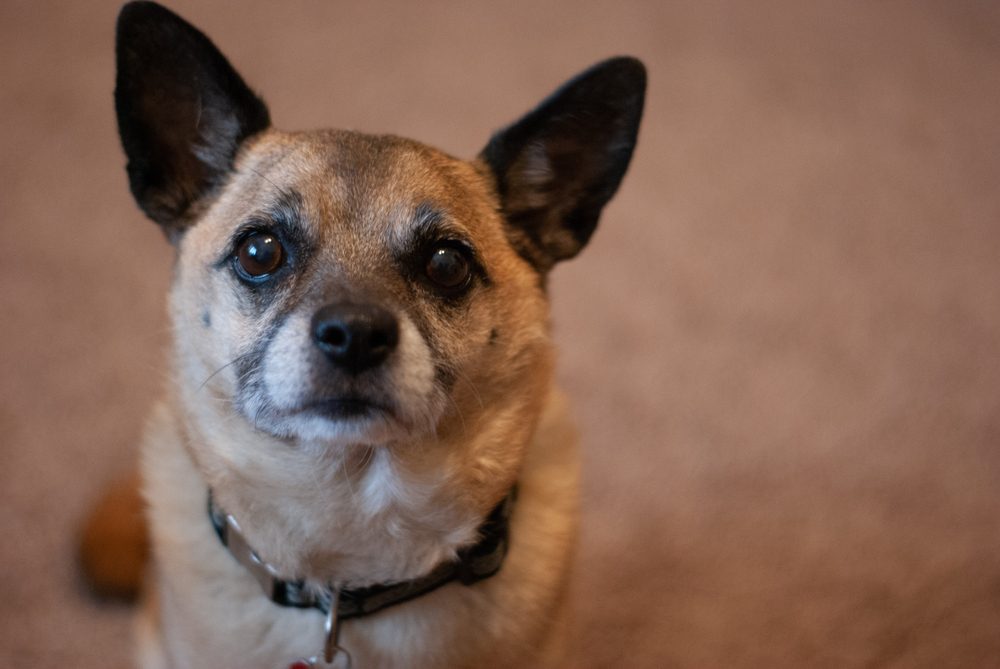
Traditional Leash Training Method Step by Step
1. Calm Your Dog Down.
While putting your dog on a leash and harness, they will likely get excited. They have probably already associated the leash and harness with walking time, so they may become lively and excitable when the walking gear comes out. As cute as this is, it can also make it difficult to control your dog during a walk.
Before starting your walk, take your dog to an enclosed outdoor space for them to run around and burn off some energy. Once their excitement levels stabilize, you can start the walk.
2. Start Your Walk.
Begin the walk. If your dog immediately starts trying to pull you around, stop, turn around, and go back to the enclosure. Do this as many times as it takes for them to learn not to pull you around.
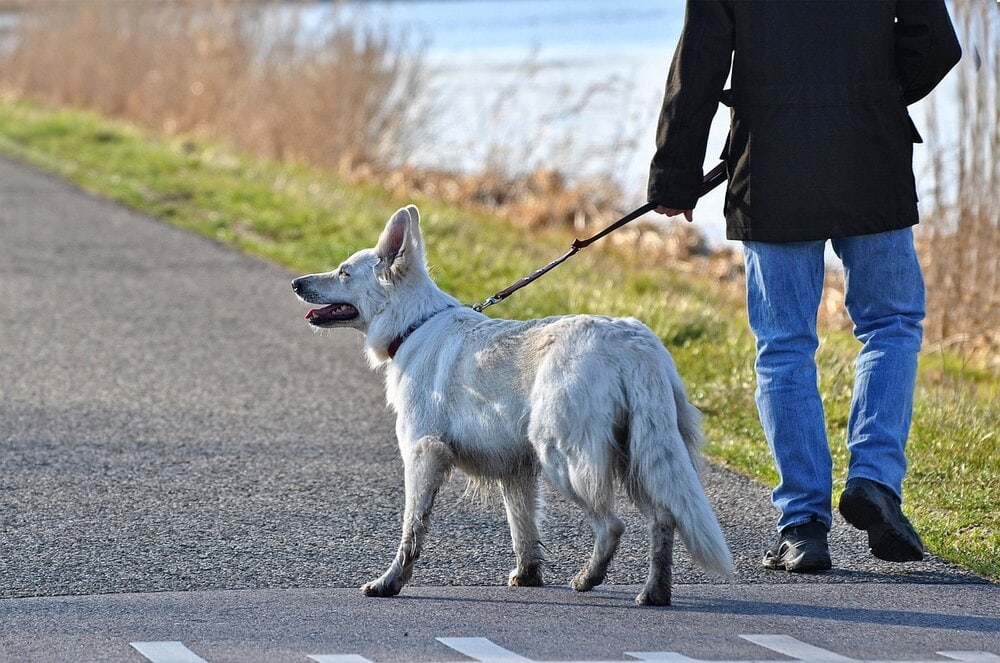
3. Don’t Let Your Dog Pull You Around.
As the walk progresses, your dog may start to try and pull you around again. If that happens, stop in place and do not move until your dog settles down. This will require a lot of patience, as you need to reliably stop each time your dog pulls and wait until he stops.
4. Give Treats!
If your dog walks obediently at your side without pulling or causing a fuss, don’t forget to reward them. Lots of praise and treats will go a long way to reinforce the behavior you like.
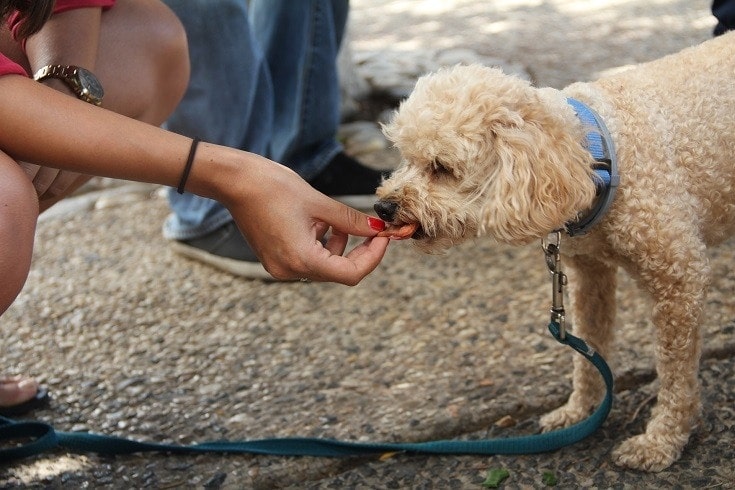
Heel Method Step by Step
1. Start Your Walk.
Put on all of your dog’s walking gear, ensuring that everything fits well and is secure. Allow your dog to walk at a slight distance ahead of you.
2. Give the Command to “Heel.”
As you walk, give the command to “heel” anytime your dog pulls you around. Stop walking and gently tug the leash immediately after giving this command. Wait until your dog returns to your side.
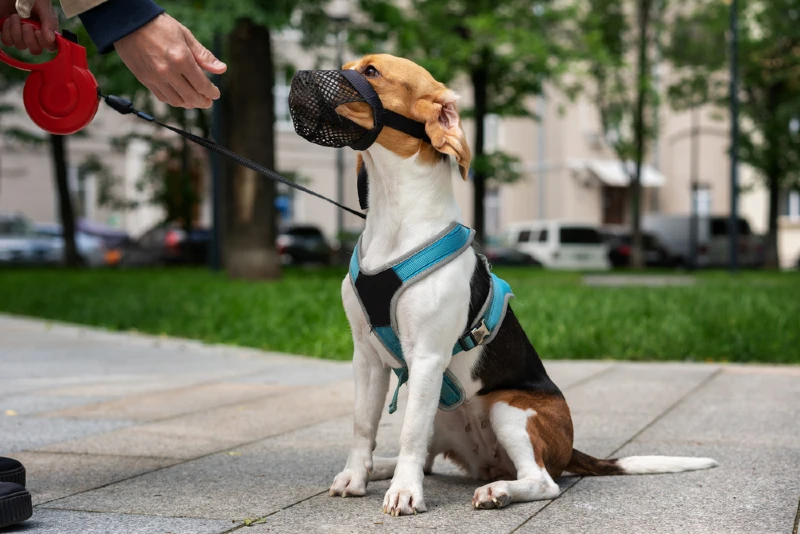
3. Give Treats!
As soon as your dog returns to your side, give them a treat and praise. Once they start associating the command with returning to your side and receiving a treat, they will be much more eager to obey.
Conclusion
There is more than one way to teach an old dog new tricks regarding leash training. Remember that practice makes perfect, no matter which method you pick for you and your dog. Training your dog will require a lot of patience and time. Positive reinforcement is the best way to encourage the behaviors you like in your dog, so don’t be stingy with praise and treats.
Related Reads:
- 15 Interesting Bloodhound Facts You’ll Love to Discover
- Is a Bloodhound a Good Guard Dog? Facts, History, & Alternative Options
Featured Image Credit: Jumpstory

